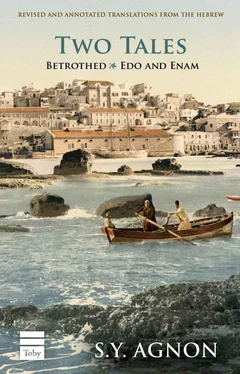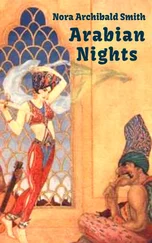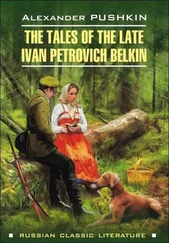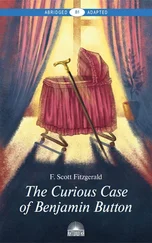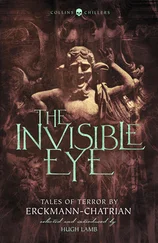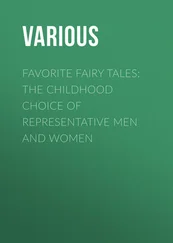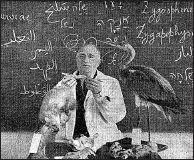
Yisrael Aharoni
41. Sanin / 1907 Russian novel by Mikhail Petrovich Artsybashev (1878–1927); censored for its scandalous erotic and revolutionary content, making it particularly popular with young readers.
43. Otto Weininger and his book Sex and Character / Weininger (1880–1903) was a Jewish-born Viennese philosopher. His book Sex and Character , published the same year as his suicide, attempts a scientific argument that all people are composed of both male and the female characteristics. Having converted to Protestantism the year before publication, Weininger analyzes the archetypal Jew as “feminine” — Christianity is described as “the highest expression of the highest faith”, while Judaism is called “the extreme of cowardliness”. Weininger decries the decay of modern times, and attributes much of it to feminine, or “Jewish”, influences.
45. Kirov / City and the administrative center of Kirov Oblast, Russia, located on the Vyatka River, about 950 km. northeast of Moscow.
45. Ibsen / Henrik Ibsen (1828–1906), Norwegian playwright and predominate force in European realism and modernism on the stage and in literature.
46. Sharon settlements / The Sharon region is the northern half of Israel’s coastal plain.
48. Herrchen / German for “My Lord”, but can also mean a pet-owner.
51. Western Wall / Alt. Wailing Wall; remnant of the ancient retaining wall surrounding the Jerusalem Temple, destroyed in 7 °CE.
51. Sha’arei Zedek Hospital / Founded on Jaffa Road in 1902, the first major medical facility in Jerusalem outside the walls of the Old City.
51. A certain doctor / Presumably the founder and long-time director of Sha’arei Zedek, Dr. Moshe (Moritz) Wallach (1866–1957).

Dr. Moshe Wallach (in 1956)
56. Ein Rogel / Natural spring and ancient water source on the southeastern outskirts of the Old City of Jerusalem (see Samuel II 17:17, e.g.).
57. Our days on earth are like a shadow / Cf. Chronicles II 29:15.
60. Opened a book… nobody dreams of himself as dead / Presumably Freud’s 1899 The Interpretation of Dreams , which actually states the opposite of what Shoshanah claims (likely a deliberate “mistake” by Agnon).
63. Nietzsche / Friedrich Nietzsche (1844–1900) was appointed professor of classical philology at the University of Basel at the age of 24, even prior to completing his Ph.D.
65. Kaiser Wilhem / Wilhem II (1859–1941), last German Emperor and King of Prussia (reigned 1888–1918).
66. Sworn to be faithful / It is from this Hebrew phrase, shevu’at emunim , that the story takes its title.
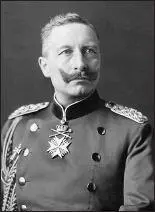
Kaiser Wilhelm II
68. Any pain’s better than a pain in the head / Shabbat 11a.
68. Nothnagel / Dr. Hermann Nothnagel (1841–1905), German-born internist and professor in Vienna. The family name is German for an “emergency nail” or “nail in need” — an iron spike carried by firefighters of old to be used when an escape from an upper floor was blocked. It could be hammered into an outside window so that a rope could be lowered from it allowing the firefighter to rappel down to safety. Agnon may be using the name here to connote such a last-minute resort.
71. Sitting at her window / Cf. Judges 5:28.
72. Hotel Semiramis / An actual Jaffa hotel at the time, named for legendary queen of Assyria. See Robert Alter’s afterword to this volume on the symbolism of the hotel, which becomes a landmark for the final action of the story, bearing the name of “the queen who is a burning image of antiquity’s erotic splendor.”
72. Because we have no university here / The first institute of higher learning in the Land of Israel was Haifa’s Technion — The Israel Institute of Technology, founded in 1912. However the vision of a Jerusalem university mentioned by the school principal is a reference to the Hebrew University, whose cornerstone was laid in 1918 on Mount Scopus (which overlooks the Temple Mount, as hinted at by the principal), and which began operation in 1925.

Balfour speaking at inauguration of Hebrew University (1925)
73. Blessed be your going out… / Inversion of verse in Deuteronomy 28:6.
77. Zeus / In Greek mythology, Zeus, king of the gods, was also titled Philoxenon (lover of guests), patron god of hospitality and guests.
78. Beside the brook… / Opening of a German poem, “The Youth by the Brook” (“ Der Jüngling am Bache ”), by Friedrich von Schiller (1759–1805).
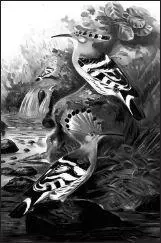
Dukhifat (Hoopoe)
82. Hobbled bird / The Hebrew text reads dukhifat kfutah , a bound-up dukhifat (bird mentioned in Leviticus 11:19; identified as the hoopoe, a colorful bird with a distinctive crown of feathers). The Talmud mentions this bird, an agent of the mythic Lord of the Sea ( Sara de-Yama ), having committed suicide upon lacking to fulfill a particular “sworn oath” (Gittin 68b and Rashi s.v. badku , as per Hullin 63a) — all elements resonating with various symbols in the story.
87. Here, for the time being… / A typically Agnonian indeterminate and ambivalent ending (see the conclusion to A Simple Story ). There are, however, a number of references to Rechnitz and Shoshanah in other Agnon stories (see for example “Edo and Enam”, p. 115 in this volume). In Agnon’s Temol Shilshom , it’s very clear that all Agnon characters of the various Jaffa stories occupy the same literary universe. See there, Book III Chapter 8:1 (p. 415 in the English translation, Only Yesterday ), which opens: “Isaac got out of bed. He washed his face and hands, but he didn’t go to the sea, for it was already noontime, and in those days, we didn’t go walking at the sea in the afternoon on hot days, except for Doctor Rekhnitz [sic], who used to hunt for seaweed, and now that he has left for America , you don’t see a person at the sea in the afternoon.” Jacob, it seems, sets sail for New York after the conclusion of “Betrothed” — whether Shoshanah accompanies him, or what becomes of their life together, is left for the reader to decide.
Home of Prof. Gershom Scholem, 28 Abravanel Street, in the Rehavia section of Jerusalem. Agnon was staying here in 1949 when he wrote this story, while Scholem was spending a sabbatical in the United States. “Edo and Enam” was rumored to be inspired by Scholem and his pioneering work in Kabbalah research (a speculation Scholem strongly objected to); the house seems to have served as a model for the setting of the story, which admittedly takes place in a different neighborhood of Jerusalem (Photo by J. Saks).
I

GERHARD GREIFENBACH AND HIS WIFE GERDA, MY TWO GOOD FRIENDS, were just about to go abroad. They hoped to rest a while from the strain of life in our country and visit relatives in the Diaspora. But when I called to wish them well upon their way, it was plain to see that they were really troubled. I hadn’t expected anything of the kind. After all, they lived a measured life, enjoyed a steady income, got on well together, and never did anything without first considering it carefully. If they had decided to go on their travels, they had surely managed to eliminate any obstacles and snags. Why then were they so dark and distracted?
Читать дальше
